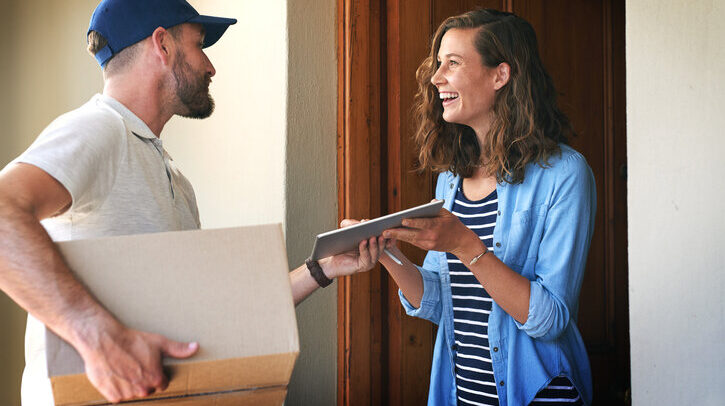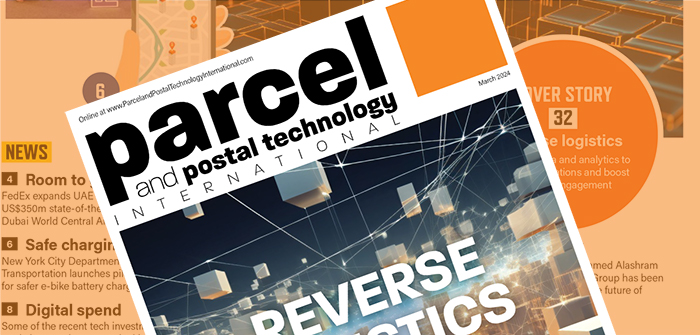Online retailers are experiencing tough trading conditions right now. The pandemic brought unsustainable growth to the sector and many retailers struggled to achieve positive year-on-year growth in 2022 and 2023. The situation has been so dire that peak trading was celebrated as something of a success, simply because performance fell in line with IMRG’s forecast for negative growth rather than much below it.
Despite hopes for a resurgence in 2024, January (-6.9% YoY) presented one of the worst months recorded in IMRG’s Online Retail Index, which tracks the online sales of over 200 retailers and is representative of over £26bn (US$32.7bn) in online spend each year.
February performance was slightly better, achieving -1.2% YoY. This uptick is thanks to Mother’s Day in the UK, which moved forward in the calendar and pulled demand from March (Week 1 March: -2.9% YoY; Week 2 March: -13.3% YoY), so those results might be skewed.
What role can the delivery proposition play in optimizing performance?
Online retailers are recognizing the pivotal role of the delivery proposition in enhancing performance. Supported by delivery experts, IMRG has carried out some extensive research in the last year, which sheds light on various aspects of delivery optimization.
IMRG’s study of 350+ online retail websites in late 2023, paired with index data, found that including delivery information on the home page and product pages has been shown to improve conversion rates. Foregrounding benefits such as free delivery on these pages can also make a big difference.
During a recent IMRG delivery conference, most retailers said that depending on item type, size and value, customers would pay for next-day or nominated delivery to increase certainty. However, standard delivery is used in most cases. IMRG research has revealed that price is the top priority for shoppers when they purchase online, which explains why cheaper or free options are more widely favored among customers.
When it comes to the user experience, the initial delivery option presented at checkout influences customer choice. Typically, standard delivery holds this prime position, prompting retailers to consider putting the options in a different order or using visual cues to emphasize alternative options, like a green icon denoting a more sustainable choice.
Personalization can also be used to foreground the delivery options customers have used in the past, which limits the amount of friction at the checkout and can boost conversion.
There has been great interest in whether free delivery and/or returns are feasible, given how this would affect retailers’ margins. At the same time, there is inconclusive information on whether moving to a paid model directly affects online conversion/spend. Retailers have started to do A/B testing and customer research to see whether free or paid works best for them.
When it comes to free delivery, the survey on 350+ retail sites showed that, for most retailers, their average order value is notably higher than their threshold for free delivery. The most common threshold for the total market is £50 (US$63) but for many health and beauty retailers it is £30 (US$38).
Health and beauty has been the top-performing category in IMRG’s Online Retail Index in the last year, but these retailers seem to be missing out on an opportunity. Customers generally spend £45+ (US$57+) with these vendors, suggesting that they could increase the free delivery threshold to £40 (US$50) and maximize basket values. However, although this might increase spend, the impact on conversion is unclear.
Where does delivery sit in the wider picture?
It is important to get delivery right when trading online. Customers’ expectations are so high that for over 50% it will take just one or two bad customer service experiences to stop them shopping with a brand.
However, it is essential to recognize that delivery optimization is just one aspect of a broader strategy aimed at engaging and retaining customers throughout their shopping journeys. Retail employees across all divisions should work together to achieve their wider goals. As a retailer at IMRG’s latest delivery conference said, “If you’re doing it [free delivery] to get customers to spend more, then actually delivery is part of the marketing budget.”
This article was originally published in the March 2024 issue of Parcel and Postal Technology International – click here to read now!



